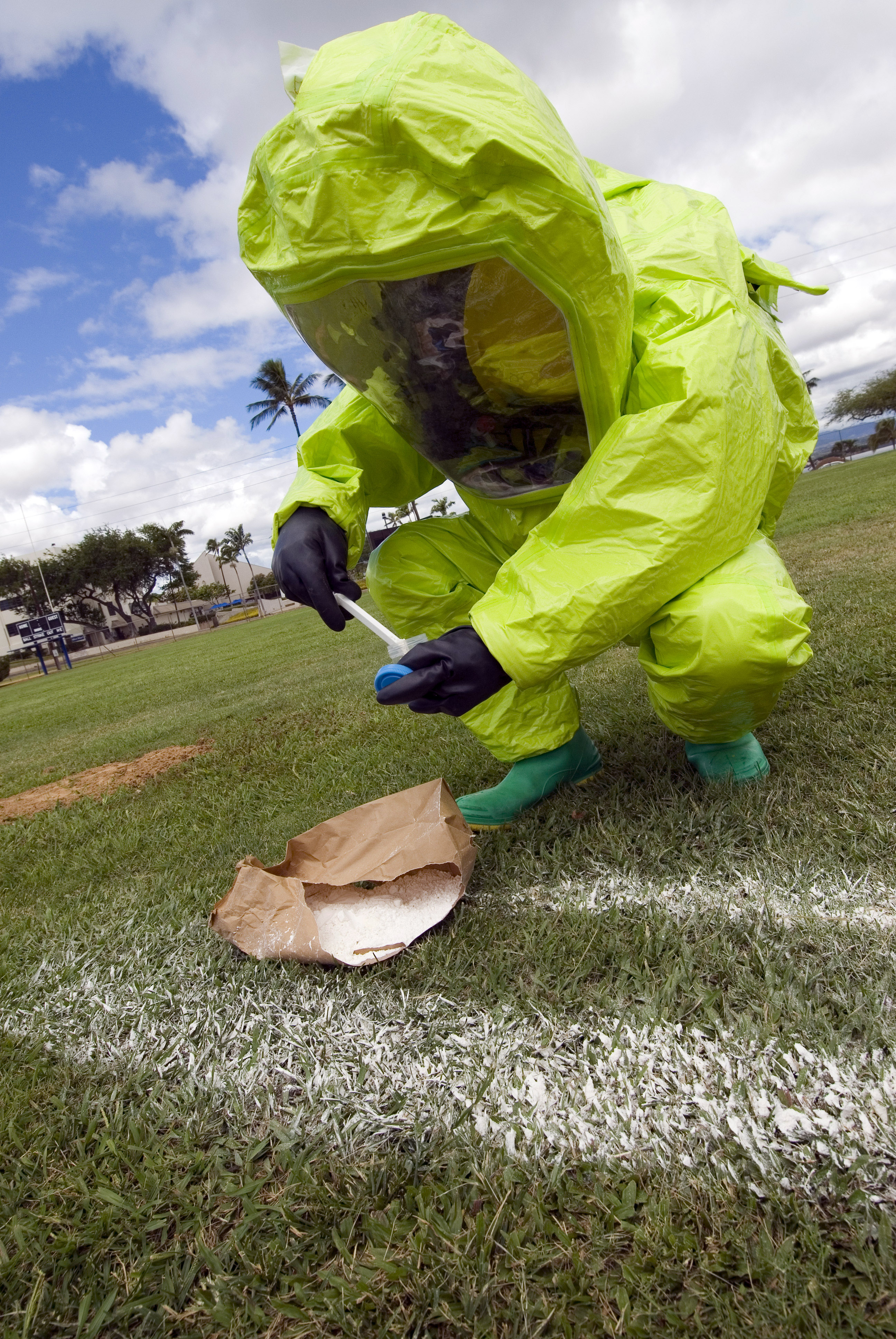It is well known fact that every disease is caused by some agent which is defined as a substance living or non-living or a force tangible or intangible the excessive presence or relatively lack of which may initiate a disease process.
A disease is produced by a single agent or more than one agent independently or in combination with each other. The various disease agents are classified as follows:
(i) Biological Agent:
These are the living agents who include bacteria, fungi, parasites, protozoa and viruses etc. These agents are found in man, animals, insects, soil and environment.
(ii) Physical Agents:
ADVERTISEMENTS:
Exposure to excessive heat, cold, pressure, radiations, humidity and electricity etc. may lead to illness.
(iii) Chemical Agents:
(a) Exogenic agents i.e. agents which are present outside the human body like dust, fumes, gases, metals, allergenic agents etc.
(b) Endogenic agents i.e. agents which are produced inside the body as a result of metabolic changes like urea leads to uremia, uric acid leads to gout and ketones lead to ketosis.
(iv) Mechanical Agents:
ADVERTISEMENTS:
Accidental exposure to chronic friction and other mechanical forces may lead to injuries, crushing, tearing, in fracture, dislocation or death.
(v) Nutritional Agents:
Nutritional agents include carbohydrates, proteins, fats, vitamins, minerals and water. An excess or deficiency of these agents may lead to nutritional diseases like obesity, anaemia, goitre, kwashiorkor, marasmus, night blindness, scurvy etc.
Apart from above mentioned disease agents the other factors which are responsible for disease include age, sex, race, marital status, heredity, occupation, customs and habits, life style; physical, biological and social environment etc.
